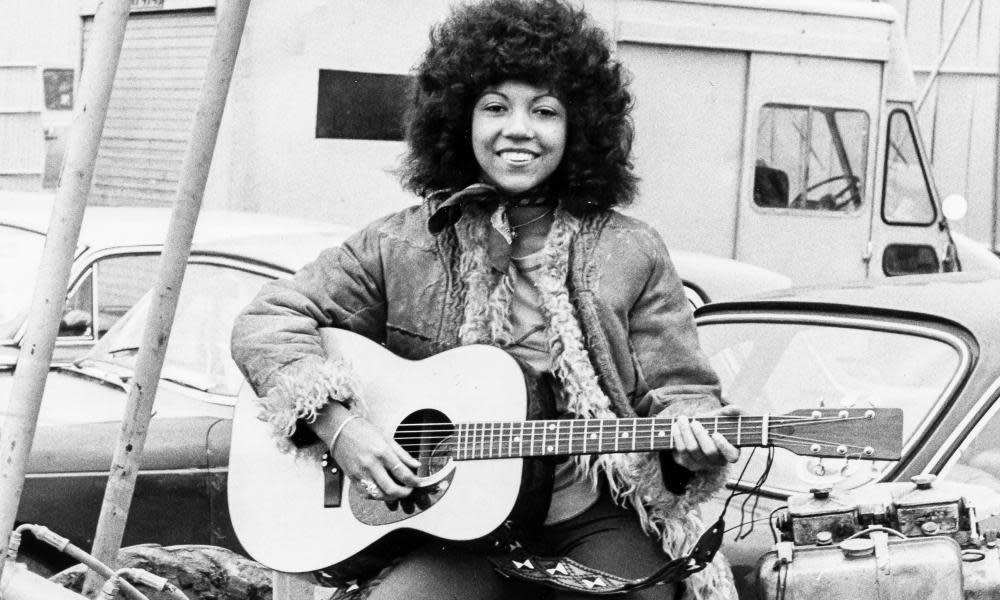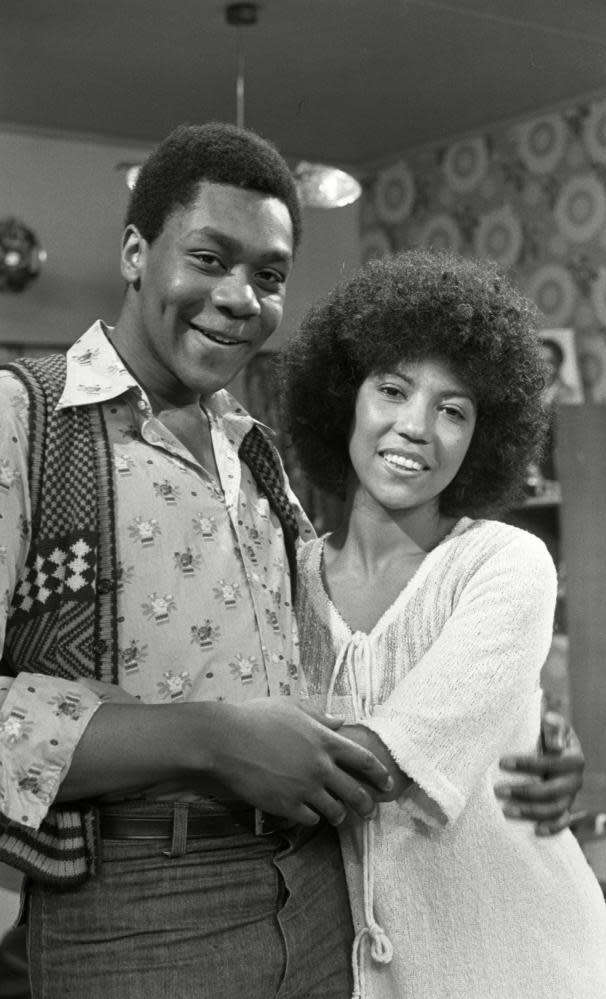Linda Lewis obituary

Linda Lewis, who has died aged 72, was a soul singer with an exceptional voice whose solo career encompassed more than a dozen albums and four UK Top 40 hit singles. She was also in demand as a backing vocalist for artists including David Bowie, Cat Stevens (Yusuf Islam), Rod Stewart, Joan Armatrading and Jamiroquai, and during the 1970s became one of Britain’s leading female singer-songwriters.
Lewis’s vocal dexterity – her voice ranged across five octaves and drew comparisons with Minnie Riperton – did not always seem to get the material it deserved, and at times she was pushed by record companies and producers into pop and disco experiments. But there was renewed interest in her compositions during the last two decades of her life, and tributes were paid by a newer generation of musicians, including the rapper Common, who sampled her song Old Smokey in his 2005 hit Go!, and Basement Jaxx, with whom she collaborated on the track Close Your Eyes (2006).

She was born Linda Fredericks in Canning Town, east London, to a Guyanese mother and a Jamaican father. After her parents divorced when she was three, she was brought up with five siblings by her mother, an aspiring singer herself, who sent Linda to the Peggy O’Farrell stage school from an early age. Linda disliked the place, but the experience set her up for some interesting non-speaking childhood roles in films, including A Taste of Honey in 1961 and, three years later, A Hard Day’s Night.
In 1964, while still at a local Catholic convent school, she sang with John Lee Hooker at a gig in Southend, Essex, after her mother pushed her on stage for a rendition of Dancing in the Street. Afterwards Hooker showed an interest in Linda’s talent, and the connection led to a record deal with Polydor.
In 1967 they released her first single, the Motown-esque You Turned My Bitter into Sweet, which became a favourite on the northern soul circuit. A superior, more powerful version of Mary Love’s original, it was brought out under the name Linda Lewis to avoid confusion with another Polydor artist, Linda Kendrick.
After forming a short-lived group, White Rabbit, with the guitarist Junior Kerr (later better known as Junior Murvin in Bob Marley and the Wailers), she joined the Ferris Wheel, a psychedelic soul band, singing lead vocals on their eponymous second album and on a single, Can’t Stop Now, before they split up in 1970. That year she also appeared at the first Glastonbury festival (“one of my favourite moments”), jamming with various artists in front of 1,500 people.
In 1971, aged 21, Lewis recorded her first album, Say No More, a mix of folky, soul and rhythm and blues tracks. That was followed in 1972 by the acclaimed Lark, described by Rolling Stone magazine as “an unusual type of soul music: stripped down, casual, and a delight”.
Thanks partly to the showcasing of her vocal skills on those two records, Lewis began to pick up commissions as a session singer in the early 70s, working with Marc Bolan and Elton John and appearing on Stevens’s Catch Bull at Four album in 1972, as well as on Bowie’s Aladdin Sane LP in 1973.
That year her raunchy single Rock-a-Doodle-Doo, which came to her in a dream and featured lyrics written partly by her 11-year-old sister, reached No 15 in the charts. She followed up with a third well-received album, Fathoms Deep (1973), and then one of her most fondly remembered singles, The Old Schoolyard (1974), which, with its nostalgic recollections of a playground romance and references to “warm toast for tea”, found an enduring place in British pop consciousness even though it did not chart highly at the time.
A world tour supporting Stevens, who wrote that song for her, helped to stoke interest in Lewis’s fourth LP, Not a Little Girl Anymore (1975), which became her bestselling record. As it moved up to No 40 in the UK charts, she also put out her most successful single, It’s in His Kiss, a disco cover of Merry Clayton’s 1963 US hit that made it to No 6.
By then, however, as the choice of that rather out-of-character single bore witness, Lewis was being buffeted by the music business’s obsession with producing hits. Signed to Arista, she increasingly found her output being dressed up in a way she disapproved of. “I really hated the period when I went disco diva,” she said. “I got very disillusioned, got tired of being treated like a puppet.”
When she was invited to renew her contract at a meeting with senior Arista executives, Lewis excused herself to go to the toilet and never came back. She later moved to Ariola, but her experiences there were little better, and after a depressing period in 1979 during the recording of her sixth album, Hacienda View, over which she was at odds with the producer Mike Batt, she left for the US, where she more or less gave up on her musical career.
After a barren period during the 80s and 90s, Lewis returned to Britain, working on Armatrading’s 1992 album Square the Circle and recording a new solo LP, Second Nature, on a small independent label in 1995. Her last solo album, Kiss of Life, came out in 1999, after which public and music industry interest in her idiosyncratic material began to revive.
An anthology of her early work, Reach for the Truth, appeared in 2002, followed by re-releases of most of her albums. She appeared at Glastonbury again in 2003 and 2009, and was performing live on a regular basis right up to her death. Her last recording, a single, Earthling, in collaboration with the folk-funk band Paracosmos, was released in March this year.
Lewis’s 1977 marriage to the guitarist Jim Cregan ended in divorce. She is survived by her second husband, the booking agent Neil Warnock, whom she married in 2004, and a son, Jesse.
• Linda Lewis (Linda Ann Fredericks), singer and songwriter, born 27 September 1950; died 3 May 2023

 Yahoo News
Yahoo News 
